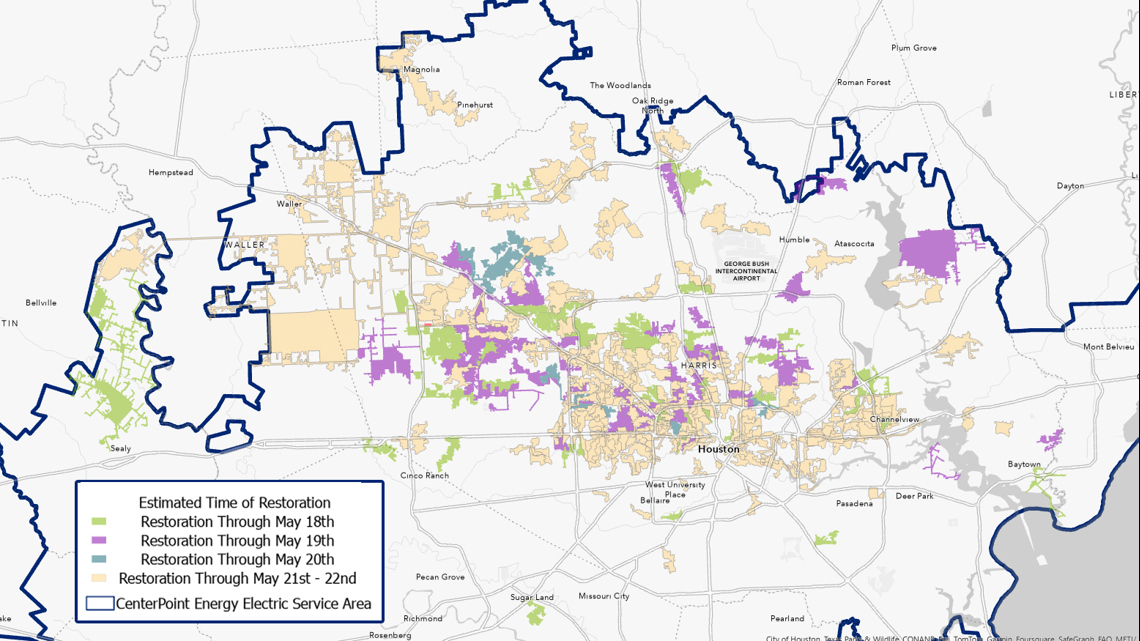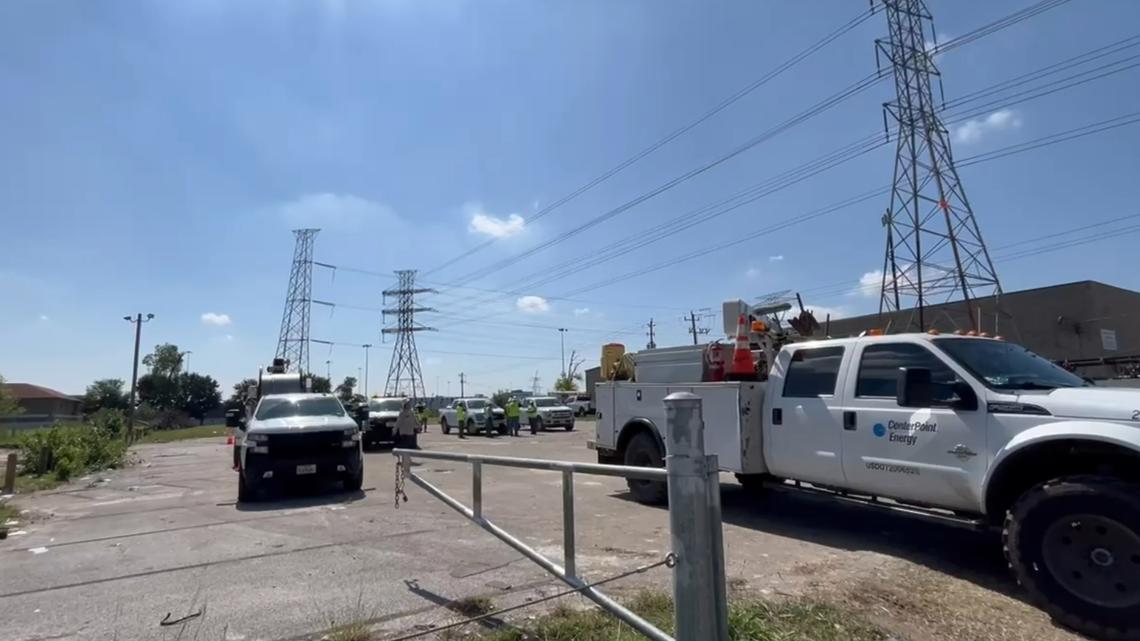
In the aftermath of devastating storms that hit Houston, Texas on May 17, 2024, leaving at least seven people dead and hundreds of thousands without power, the city is facing a new challenge: soaring temperatures and a heat wave. The National Weather Service has issued a smog warning as highs of around 90 degrees Fahrenheit (32.2 Celsius) are expected through the first half of the week, with heat indexes potentially reaching above 100 degrees Fahrenheit (38 Celsius) by midweek.
The storms, which included a derecho and several tornadoes, caused widespread damage to power lines and infrastructure. CenterPoint Energy reported that around 570,000 customers had been restored in the first two days after the storms, leaving approximately 350,000 without power as of May 18. The utility company anticipates having power back on for around 80% of impacted customers by Sunday evening.
The Houston Independent School District (HISD) announced that several schools would be open on May 20, including Alcott ES, Almeda ES, Anderson ES, Arabic Immersion, Ashford ES, Askew ES, Atherton ES, Attucks MS. Students whose schools are on this list will have power.
Disaster declarations from Harris County Judge Lina Hidalgo and Houston Mayor John Whitmire paved the way for state and federal storm recovery assistance. President Joe Biden also signed a disaster declaration for the area.
The Public Utility Commission of Texas reminded Texans to listen to their local emergency management officials, stay away from downed power lines, and seek out public libraries or other facilities during the power outages.
Tree service crews worked tirelessly over the weekend to clear debris and assess damage. The Houston Health Department advised residents to take precautions against heat-related illnesses such as dehydration, heat exhaustion, and heat stroke. Cooling centers were set up in four locations within Houston and one in Kingwood.
CenterPoint Energy reported that customers whose weatherheads were damaged would need to have them repaired before power could be restored. The utility company also warned that even when power was restored, there could still be interruptions for those who rely on it for life-saving equipment. They urged these individuals to have a reliable backup supply or alternate plan in place.
The National Weather Service reported that 10 transmission towers were damaged during the storms and that some areas could take weeks to restore power. Harris County Judge Lina Hidalgo echoed this sentiment, suggesting that residents seek out public libraries or other facilities for relief during the prolonged outages.
The derecho, a widespread wind storm associated with bands of rapidly moving showers or thunderstorms that can produce destruction similar to a tornado but damage occurs in one direction along a relatively straight path called 'straight line wind damage', was first identified by Gustavus Hinrichs, a physics professor at the University of Iowa. The term 'derecho' is derived from the Spanish word for 'straight'.
The storms also affected Central Kansas, where high wind risk was reported. The National Weather Service issued tornado warnings and advised residents to take shelter.



